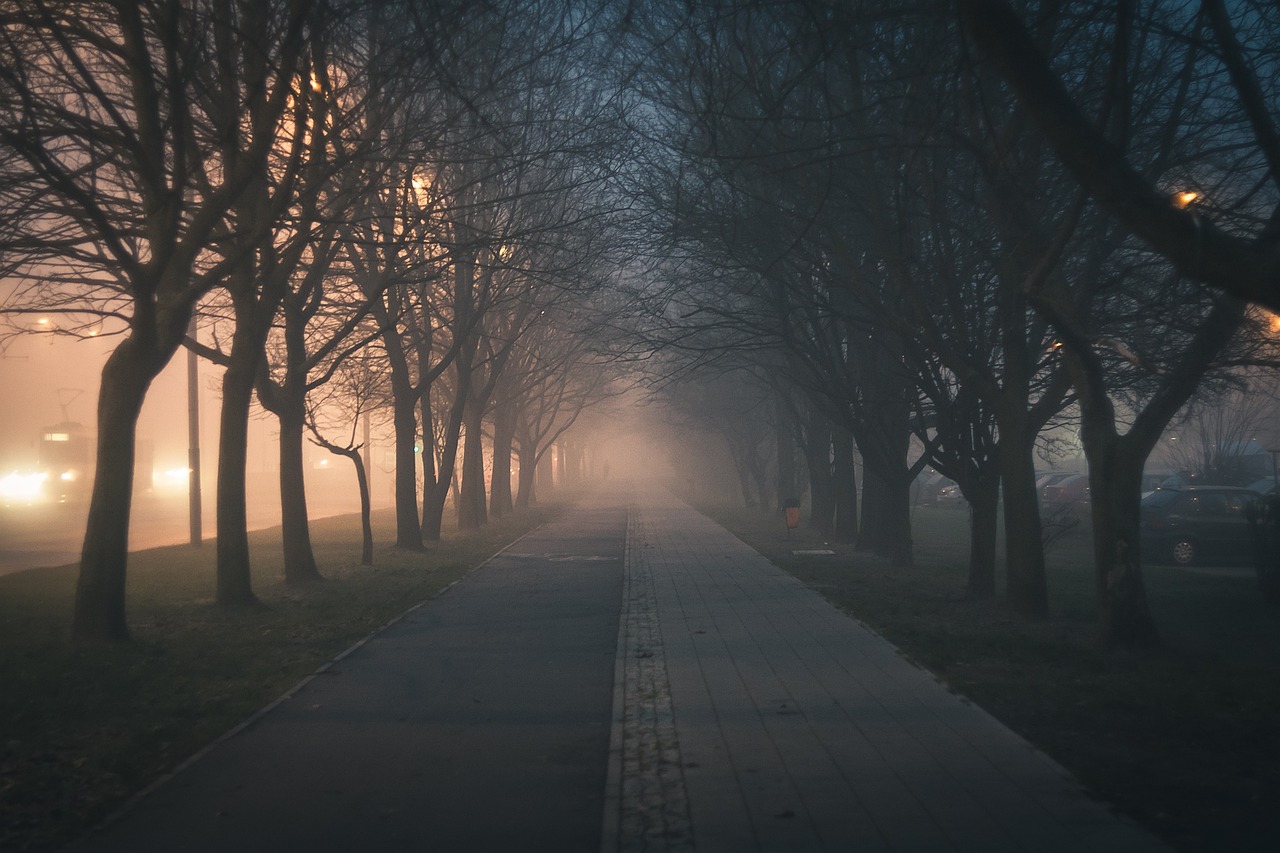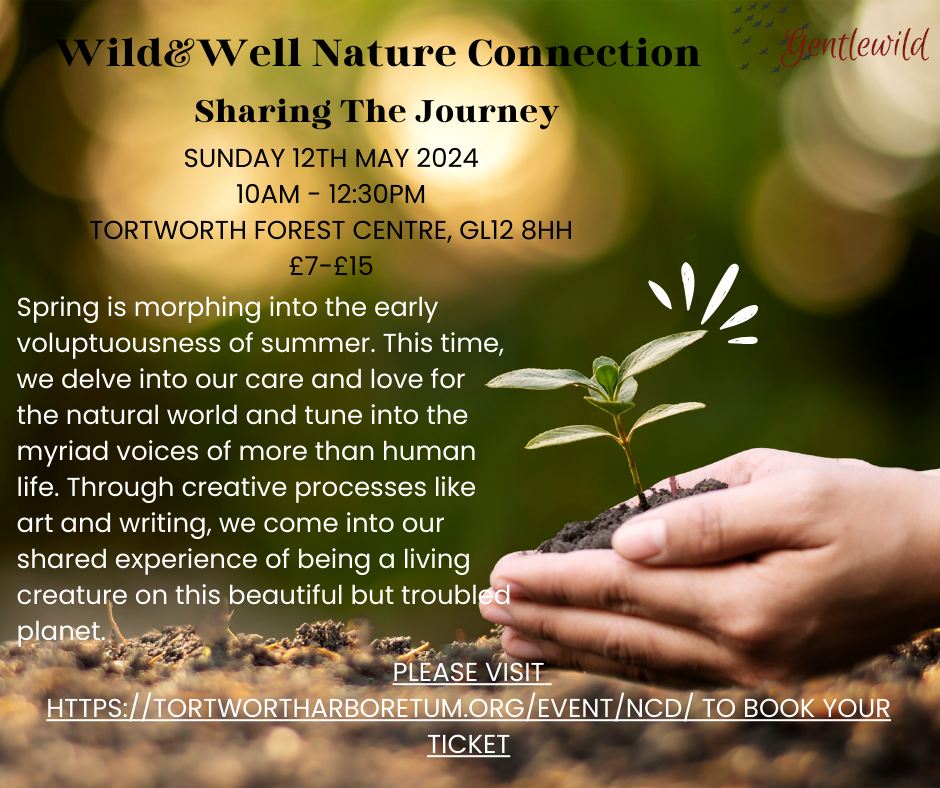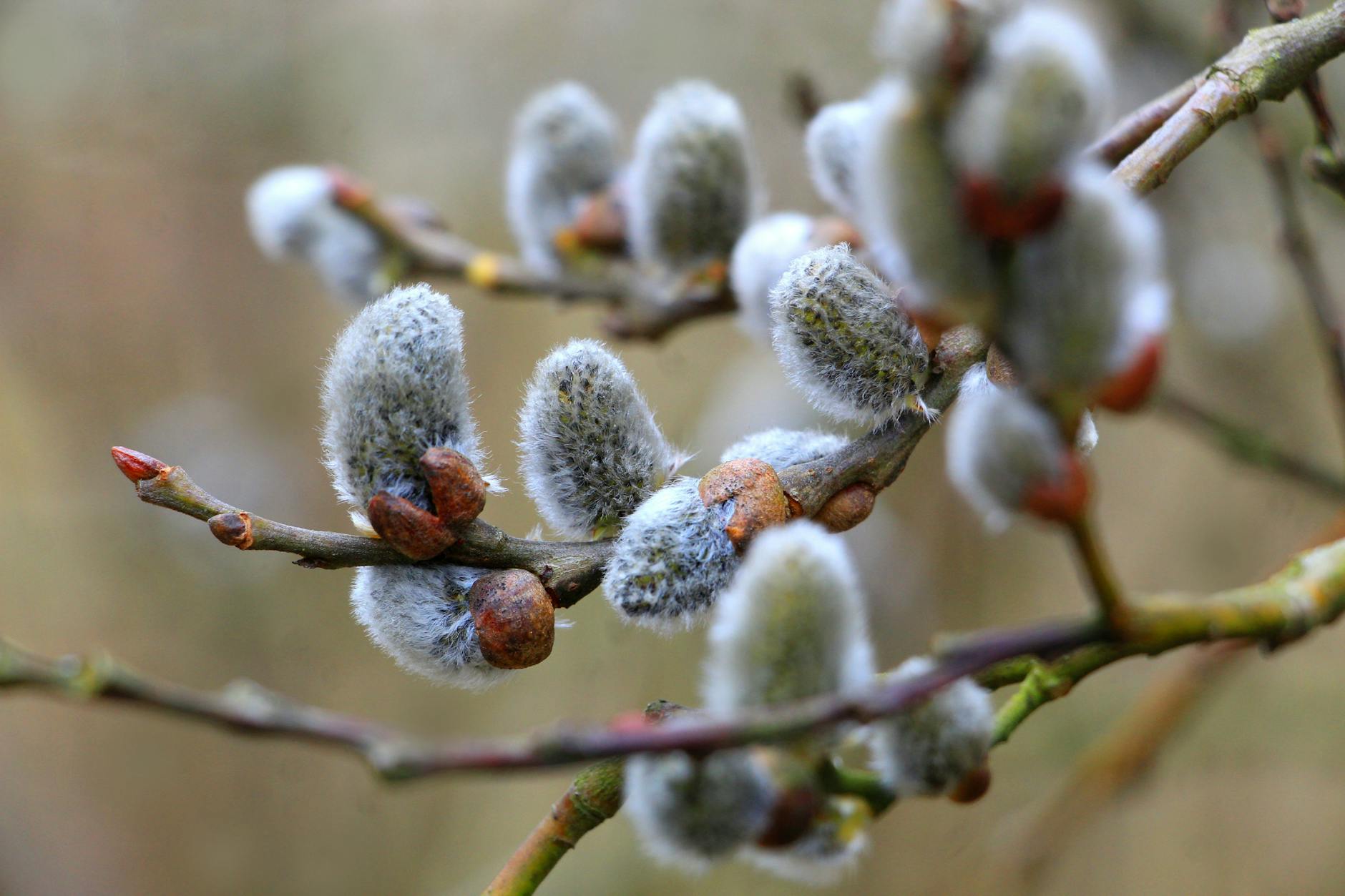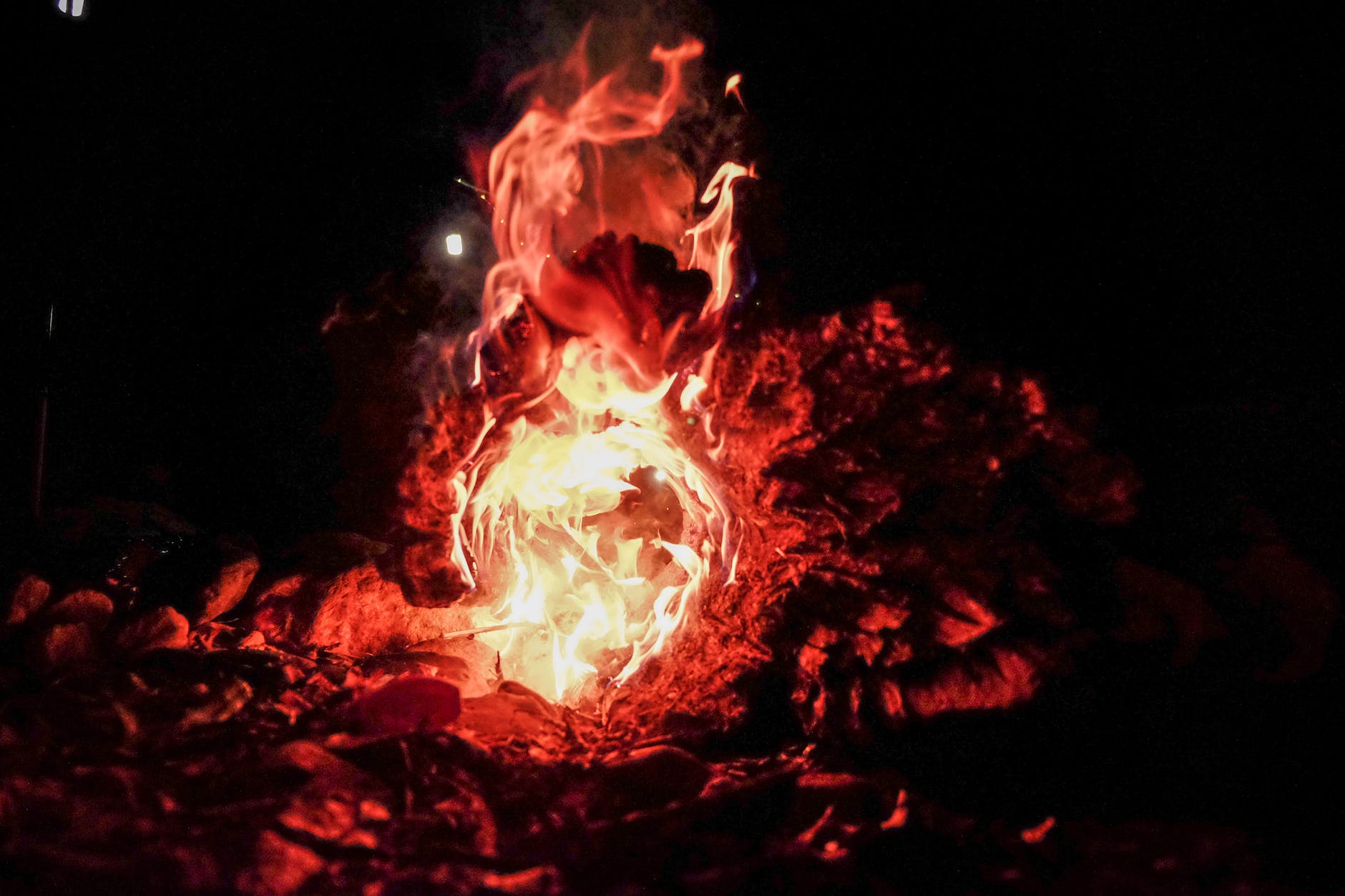In the deepest dark of night, nocturnal creatures do their thing. The dark is what sustains them; they need it to do the behaviours they have evolved to do to survive, and for the essentials they rely on. When we illuminate our gardens and outside spaces we impact on more than we might think. Is it time to reassess our outdoor decor?
We now understand that artificial light has a real and detrimental impact on our fellow creatures which inhabit the night. Research has shown that street lights reduce the abundance of moth caterpillars in hedgerows by almost half (Boyes et al 2021). We know our invertebrates are struggling- 60 of our native moth species have gone extinct in the last century- and street or other outdoor lighting is clearly part of this picture.
We have more to understand about the artificial light problem, but it seems that perhaps female moths avoid the lit areas to lay her eggs (she has evolved to lay her precious eggs down in the protection of the dark) and/ or lit areas allow moths to be over predated by species which can use the light for hunting. Plants, too, can struggle in unnatural lighting circumstances. A plant surviving under artificial light at night may be altered in ways we haven’t uncovered, with a knock on effect to the invertebrates that rely on it.
Clearly the answer cannot be to put out all the street lights – but we have to strive for a better way to light our streets. Butterfly Conversation starkly point out that we can expect to lose one third to half of caterpillar abundance wherever street lighting is installed. Lose the caterpillars and you lose the birds, bats and all that rely on them. Urban developers take note. Our ecosystem is delicate and needs our care.
What can I do?
- Do you really need those fairy lights on all year round? Not having outdoor lighting where it is not needed is probably the best thing you can do for nature with regard to artificial light.
- If you must have some outdoor lighting can you reduce its impact with motion sensors and by directing it carefully where it is needed (ie not up into the sky or shining broadly around)?
- In essential lights, use dimmer bulbs and avoid any that emit UV light and little or no blue light. ( see https://butterfly-conservation.org/news-and-blog/streetlights-reduce-moth-populations)










Leave a Reply